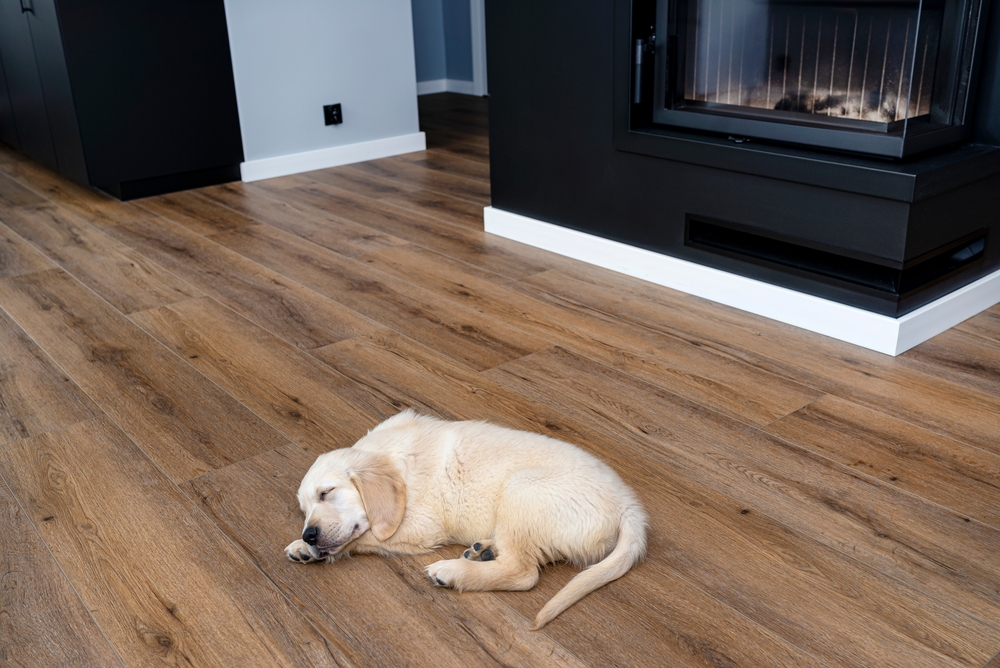* Sponsored post
Vinyl flooring is a popular choice for many
homeowners, thanks to its durability and easy maintenance. However, vinyl
flooring does have some drawbacks that you should be aware of before making a
purchase. Here are the pros and cons of vinyl flooring:
Pros:
- Durable and easy to maintain
- Water resistant
- Affordable
Vinyl flooring is a great choice for
high-traffic areas and rooms that see a lot of moisture, like kitchens and bathrooms.
It's also easy to clean and can be found in a variety of colors and styles to suit any
taste.
Cons:
- Can be damaged by sharp objects or high
heels
- Not as eco-friendly as some other options
- Limited design choices
While vinyl flooring is a popular choice
for many homeowners, it does have some drawbacks. One of the biggest problems
with vinyl flooring is that it can be easily damaged. Scratches and gouges can
occur easily, and this damage is often irreparable.
Vinyl flooring is also susceptible to
staining, and discoloration from sunlight. If not properly cared for, vinyl
floors can dull and lose their luster over time. Another downside to vinyl
flooring is that it can be slippery, making it a hazard in areas where there is
water or grease. Finally, vinyl floors are not as durable as other types of
flooring, so they may need to be replaced more often. Despite these drawbacks, vinyl flooring is still a popular choice for many homeowners because of its beauty and easy maintenance.
If you are still hesitant about the vinyl
flooring, you can always talk to your local flooring specialist. On the other
hand, if you have made up your mind to install vinyl flooring for your home,
you can easily do it all by yourself.
When installing vinyl flooring, it is
important to make sure the surface is clean, level, and free of debris. The vinyl
should also be cut to size before installation. If you are installing sheet
vinyl, you will need to use a utility knife and straightedge to cut the vinyl.
For tile vinyl, you will need to use a tile cutter.
Once the vinyl is cut to size, the next step
is to install it. For sheet vinyl, you will need to apply adhesive to the back
of the vinyl and then lay it down on the surface. For tile vinyl, you will need
to apply adhesive to the backs of the tiles and then place them on the surface
in the desired pattern.
After the vinyl is installed, you will need
to seal the seams with vinyl seam sealer. This will help to prevent water from
seeping through the seams and causing damage. Once the vinyl is sealed, you can
then enjoy your new vinyl flooring.


No comments
Post a Comment